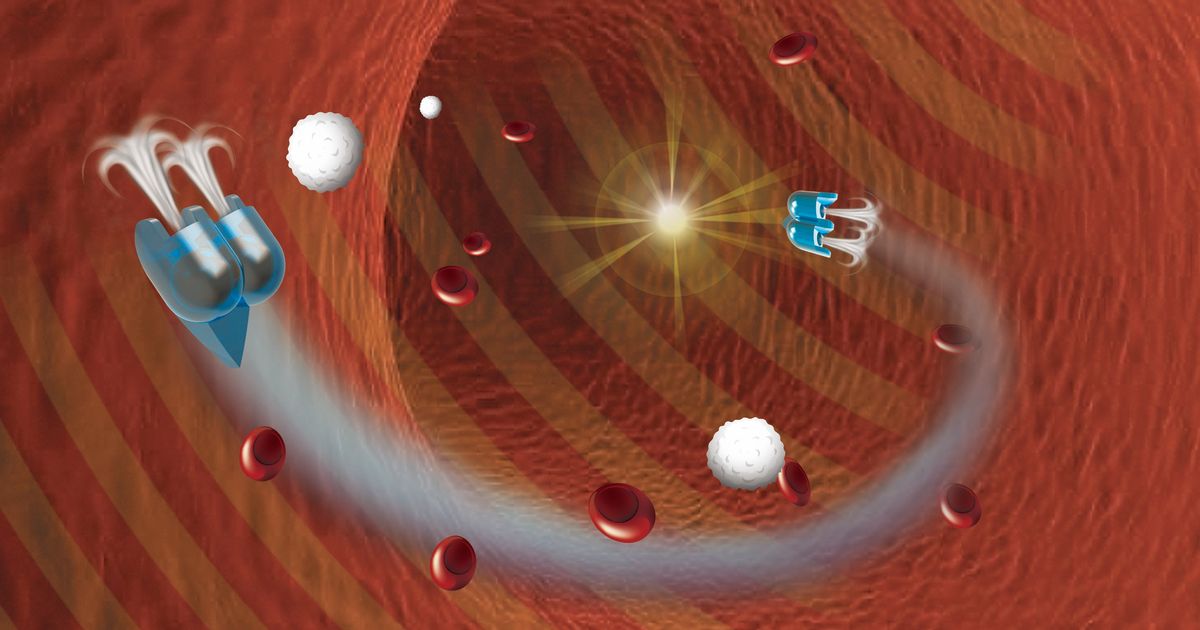The way medicine and surgery are delivered could be about to change forever, thanks to the invention of microscopic swimming robots.
These 3D-printed microswimmers, inspired by sperm and bacteria, can be powered by ultrasound waves and guided through the body.
The robots were designed by scientists from the College of Agriculture and Life Sciences. They will be capable of navigating the human body and delivering medicine and other treatments in a highly targeted manner.
Instead of medicine being distributed by the entire body, these little robots could ensure that treatment hits problem cells or organs in a specific area—and reduce problematic side effects.
“We can make airplanes that are better than birds nowadays. But at the smallest scale, there are many situations that nature is doing much better than us. Bacteria, for example, have had billions of years of evolution to perfect their way of doing things,” Professor Mingming Wu led the project.
He continued: “That led us to think that we can actually engineer something similar. If you can send medicine to a targeted area, like cancer cells, then you won’t have as many side effects.”
(Image: Cornell University / SWNS)
Initially, the scientists struggled with constructing the device, until they decided to start using a 3D printer specially made for printing ‘nanotechnology’. They can now create tiny robots with tiny air bubbles that doctors can control through the bloodstream.
The team plans to make the swimmers out of biodegradable material in the future. This will allow for safe distribution of hundreds, if not thousands, throughout the body.
(Image: Cornell University / SWNS)
Advances in nanotechnology and ‘tiny robots’ are being made quickly this year. A team of researchers announced earlier this week that they had created the world’s smallest flying robots using ‘propeller seeds from maple trees.
To stay up to date with all the latest news, make sure you sign up to one of our newsletters here.

